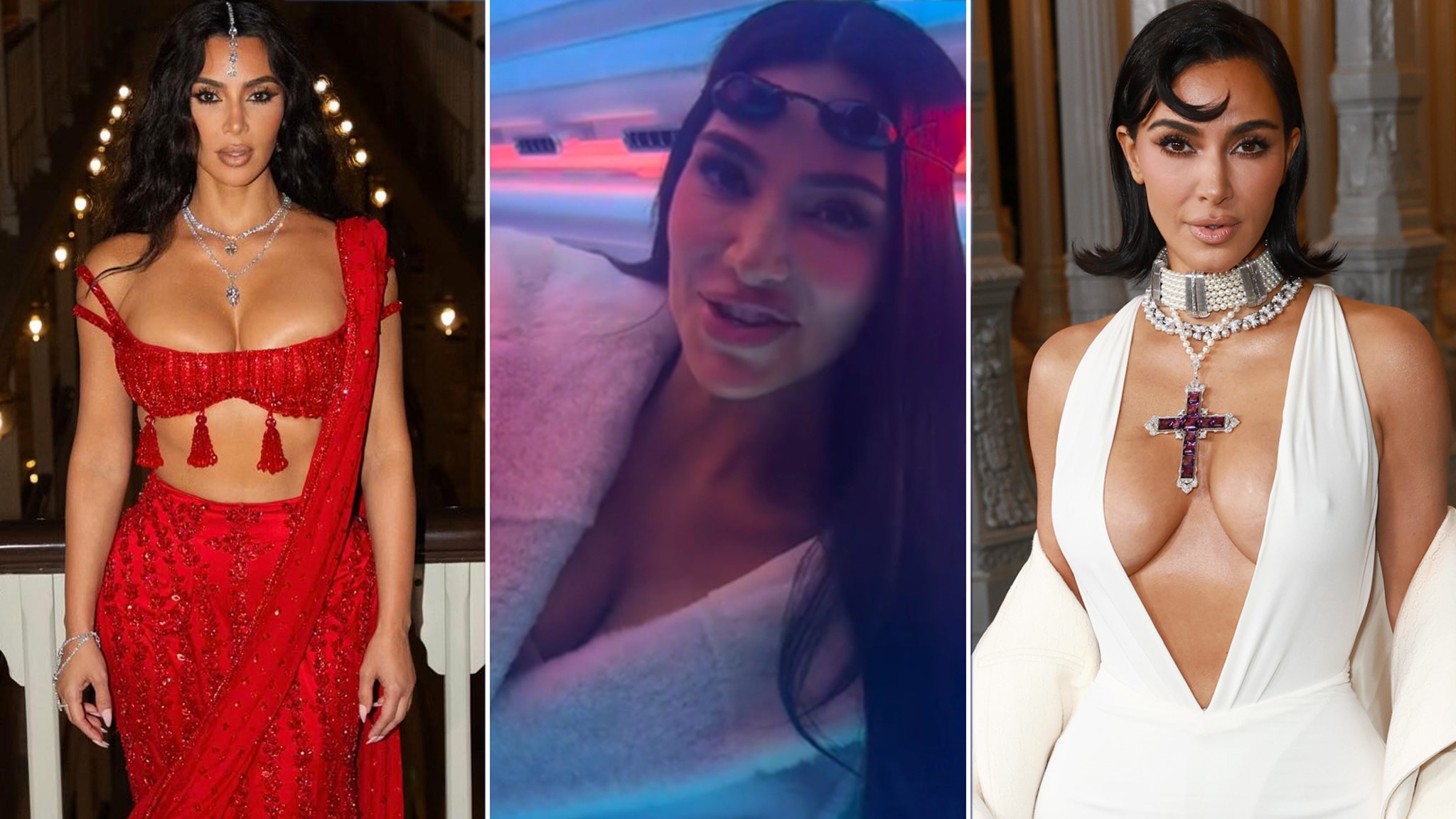Welcome to Commentary Commentary, where we sit and listen to filmmakers talk about their work, then share the most interesting parts. In this edition, Rob Hunter revisits Ryan Coogler’s Black Panther: Wakanda Forever.
The Marvel Cinematic Universe is now thirty films deep, and the most recent entry is new to home video. Black Panther: Wakanda Forever had the unenviable task of being a sequel to a film without its lead actor. The death of Chadwick Boseman was a devastating blow to his family and friends, and on a far lesser note, it created a problem for Marvel and filmmaker Ryan Coogler. They arguably succeed in delivering a worthy follow-up — one that works better in its exploration of grief than in its comic book shenanigans — and just as we did with the first film, we gave the sequel’s commentary track a listen.
Keep reading to see what I heard on the commentary for Black Panther: Wakanda Forever.
Black Panther: Wakanda Forever (2022)
Commentators: Ryan Coogler (director/co-writer), Joe Robert Cole (co-writer), Autumn Durald Arkapaw (director of photography)
1. The chaos of the opening scene was shot with a boomerang rig — “a blend between Steadicam and handheld, so it’s not as messy as handheld.” It was originally planned as a oner, but plans changed.
2. The day spent shooting the funeral and march didn’t entirely feel like they were filming and instead felt like a very real celebration of Chadwick Boseman’s life.
3. They briefly considered removing two early scenes — the United Nations sequence where Wakanda is chastised and the assault on the research station, both edited together — but when Coogler watched the result he felt “this was the worst movie ever.”
4. Arkapaw mentions that Coogler’s presence for all the action scenes — something some directors pass fully off to 2nd units — results in footage and sequences that are thoughtful. “I can track it, it feels full, and I’m happy that you do like to do all the action because it means as a DP I can be there and I can see it through the process every step of the way.”
5. The underwater footage at 13:00 was shot in an artificial “lake” created in a backlot. They shot night for night as the tank wasn’t that deep and sunlight would have been unavoidable.
6. Shuri’s (Letitia Wright) hair is short a year after T’Challa’s death as their research showed that many cultures on the African continent feature shaving your head as part of the mourning process.
7. The fireside chat between Shuri and Ramonda (Angela Bassett) at 23:55 was originally planned to be filmed in a “real forest, where there’s like snakes and bugs and mud, and I remember we scouted and I was like ‘night shoot? in the forest? with the snakes and the bugs?’ so I wasn’t too stoked on that.” A schedule change resulted in them filming it on a soundstage instead.
8. M’Baku (Winston Duke) calling Okoye (Danai Gurira) “you bald-headed demon” was an ad-lib by Duke. The carrot, though, is in the script.
9. The exterior sequence on the M.I.T. campus was actually filmed on the M.I.T. campus. It’s apparently a rarity for them to grant permission, but Coogler is persistent. The dorm room is a set, tho.
10. The scene on the bridge at 47:00 was filmed on a backlot with a 250-foot fake bridge road. The fight choreography was intense and exhaustive, and when combined with post-production work the sequence took nearly a year to complete. Coogler referenced David Mamet’s (highly underrated) Redbelt as an influence for Attuma’s (Alex Livinalli) stance and movement.
11. Coogler is a big, big fan of Julia Louis-Dreyfus, adding “some of the stuff she did was too funny for the movie.”
12. Riri is played by Dominique Thorne who first met Coogler when she auditioned for the role of Shuri on the first Black Panther. She was his second choice so he was thrilled to be able to bring her on for the sequel.
13. The subtitles are color coordinated. “For the western languages, English, Spanish, we used white subtitles. But then blue for Yucatan Mayan, then yellow for xhosa.”
14. Namor’s (Tenoch Huerta) backstory told via flashback is meant to shape empathy for him by showing how trauma can freeze you in place. His trauma as a child has locked him into that same rage ever since.
15. The two residents of Talokan at 1:14:12 are siblings and competitive swimmers “so they were real comfortable in the tank.”
16. They shot many of the underwater performances both in actual water and dry for wet. Both were given to the effects wizards at Weta who then used both to create the ideal finished product.
17. The conversation between Ramonda and Namor on the beach was filmed on a small isthmus in Puerto Rico. Coogler was thrilled to find the beach with waves crashing on both sides suggesting the two are heading toward violent confrontation.
18. Coogler and friends had a bet going as to whether or not Lupita Nyong’o (as Nakia) would spill the liquid at 1:52:50. It was a concern as they only had that one outfit for Shuri, but Nyong’o was a pouring pro.
19. When Shuri exits the water at 1:53:29 her clothes aren’t wet because they actually filmed it in reverse.
20. It was Michael B. Jordan‘s idea for Killmonger’s hair to be up so that it looks like Ramonda in the chair from behind.
21. Arkapaw recalls how Coogler would remind them on occasion that this is still a comic book movie so some atypical angles are encouraged. “Gotta be kinda ridiculous, yeah,” adds Coogler.
22. The ending of 1985’s Come and See was a direct inspiration for the flashback montage as Shuri contemplates killing Namor. “Pretty intense,” says Coogler.
23. Coogler had established in the first film that no Wakandans would be seen wearing a primarily black outfit aside from the Black Panther. That continues here, and he recalls laughing when the first trailer for the sequel dropped and it featured a shot of Shuri in black — even as viewers started wondering/debating who the new Black Panther might be.
24. They don’t explain the choice to list “Special Guest Star: Richard Schiff” in the end credits before the cast list scroll — which also includes Richard Schiff?
Best in Context-Free Commentary
“Lot of mirror images mirroring scenes from the first film in this one.”
“When you have more width, sometimes it makes people feel more epic.”
“If this scene doesn’t work for you then the movie won’t work for you.”
“When you guys were writing this, what were you thinking? When I was reading it my eyes were just exploding into my head.”
“I’m having to go to McDonalds every day to get one of those action figures, so thank you for that Ryan.”
“You find out who you are when you lose everything.”
“Ludwig went pretty nuts.”
Final Thoughts
As with his commentary for the first film, Coogler delivers a listen here that’s informative, enlightening, and appreciative of his entire cast and crew. He and the others talk about filmmaking techniques, what motivated certain scenes, and more. It’s clear the three have deep respect for each other and a sincere love for the film, and while they don’t reveal any secrets or offer hints towards the future, it’s still a terrific track for fans of the film and the MCU.
Read more Commentary Commentary from the archives.
Related Topics: Black Panther, Commentary Commentary, Ryan Coogler
Recommended Reading
















